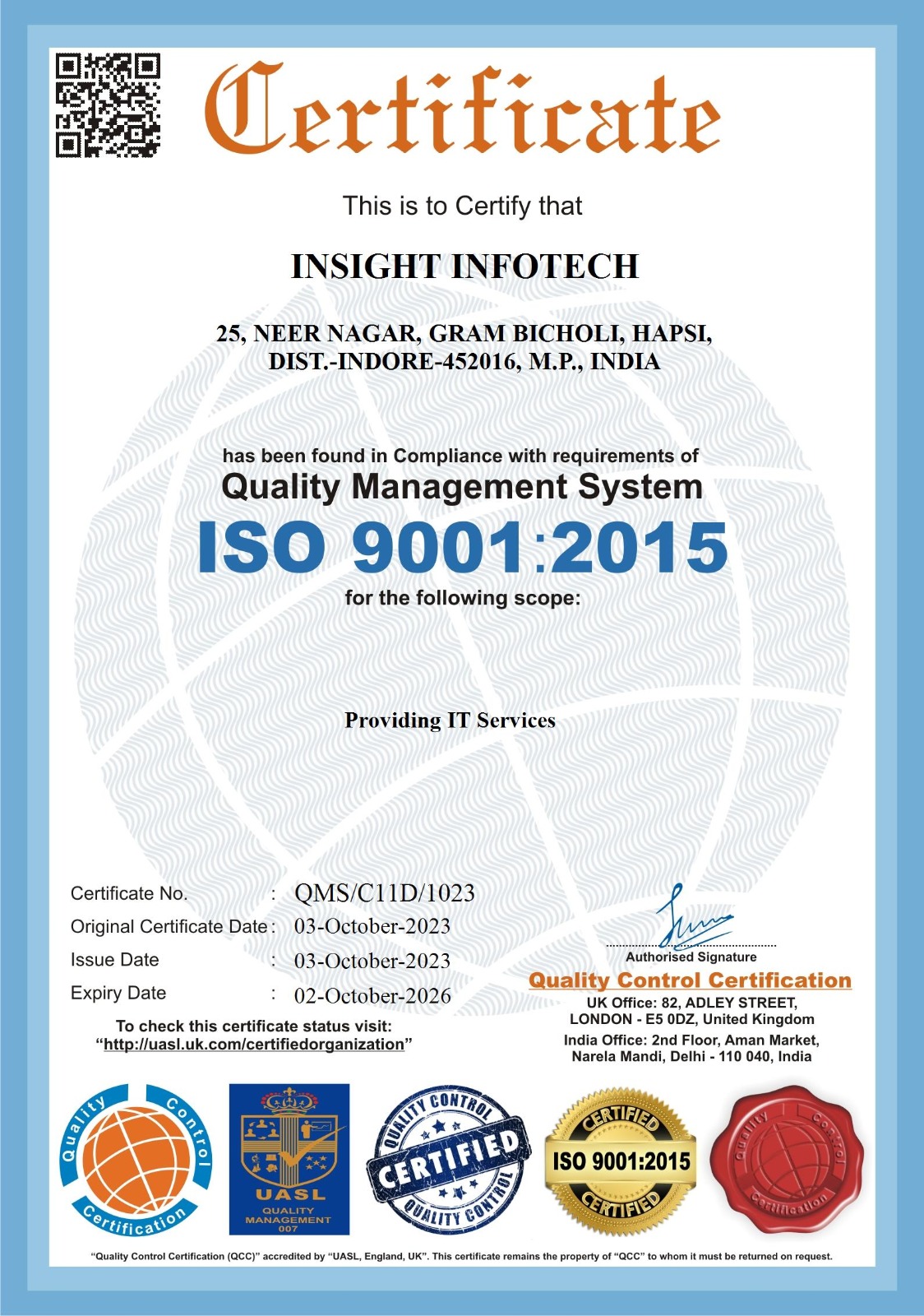STRATEGY DEVELOPMENT
MT4 and MT5 indicators, Master Advisors, Calculators, and even Money Management formulas are the main Trading tools. Most of these tools are special indicators. These tools have one main objective, to assist brokers with estimating future value changes. We at Insight infotechs with a group of expert MT4/MT5 software engineers to build up your trading strategy
1. Identifying a Trading Idea: The first step is to come up with a trading idea or hypothesis. This could be based on technical analysis, fundamental analysis, quantitative models, or a combination of different factors. For example, a trader might develop a strategy based on moving average crossovers, mean-reversion, momentum, or pairs trading.
2. Defining Strategy Parameters: Once the trading idea is identified, specific parameters and rules need to be defined. These parameters include entry and exit criteria, position sizing, stop-loss levels, and profit-taking targets. The strategy's rules should be well-defined and unambiguous.
3. Backtesting: After defining the strategy, historical market data is used to test its performance over past market conditions. Backtesting involves running the algorithm on historical data to see how it would have performed in the past. This process helps assess the strategy's potential profitability, risk, and drawdowns.
4. Optimization: Backtesting often reveals areas for improvement in the strategy. Traders may optimize the strategy by adjusting parameters and rules to achieve better performance. However, caution should be exercised to avoid overfitting the strategy to historical data, as it may not generalize well to future market conditions..
5. Risk Management: Incorporating risk management rules is crucial in strategy development. These rules help control the size of positions, limit potential losses, and protect the trading capital. Risk management aims to ensure that the strategy is sustainable over the long term and prevents excessive drawdowns.
6. Forward Testing: After optimizing the strategy, it is forward-tested on a separate data set or in a simulated environment to validate its performance under more recent market conditions. Forward testing helps to gain confidence in the strategy's robustness and ability to adapt to changing markets.
7. Implementation: Once the strategy has been thoroughly tested and validated, it can be implemented in live markets using an algo trading platform. The platform automatically executes buy and sell orders according to the rules defined in the algorithm.
8. Monitoring and Improvements: After deployment, traders need to continuously monitor the strategy's performance. If necessary, adjustments and improvements can be made based on real-time market feedback and ongoing analysis.


